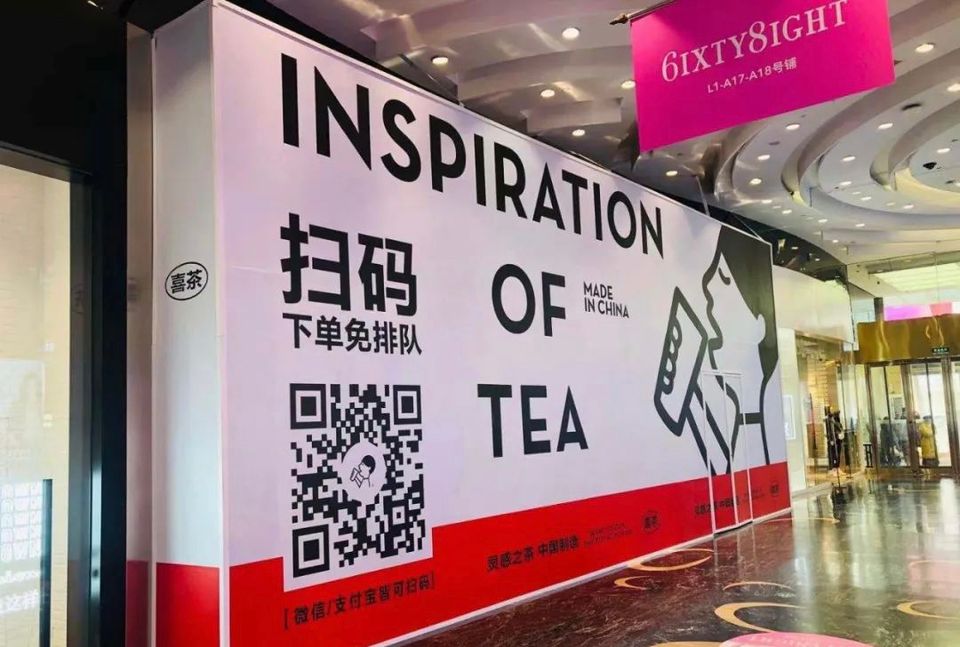Mall redevelopment

Today, my wife and I went to a nearby mall for dinner. Once there, she expressed surprise that most of the first floor's retail stores have been replaced by restaurants and cafes.
This is a telling sign. In my experience, restaurants are either placed on the top floor or the underground floors - mostly to drive traffic by ensuring that consumers will pass by retail shops on their way to dinner. Food and beverages anchor most malls, so when a mall places most of its restaurants and cafes on the first floor, I naturally think that it has basically given up on helping its retail stores survive.
Having taken a glance at this mall's map, I reckon that about half of its businesses serve food and/or beverages. Perhaps the optimal ratio will lean even more in this direction in the future. What retail stores remain - from what I can tell - will serve more as physical advertisements for the brand's online sales than a feasible distribution channel for products.
The direct corollary is that a business not selling exclusively branded products should not open a physical store in a mall (or perhaps anywhere). This is an important insight, because it essentially means that a traditional bookstore can never work - since the books it sells are not exclusively and can be bought elsewhere for cheaper, through an online merchant that is almost assuredly not related to the bookstore.
I'm not going to give up that easily though. Let's backtrack and think carefully about why we don't buy products in retail stores - even if we visit such stores to check out products - and how they are addressed:
- They can buy the products later (no need to buy now). Products aimed at kids tend to be a counterexample - kids are the best salespeople if the customer is their own parent. Because of this, products from brands such as Disney and Pop Mart are almost certainly profitable.
- The product can be bought online. The reason food and beverages and most physical services (eg. hair/nail salons, movie theatres, indoor mall playgrounds, etc.) are successful is because buying online either doesn't work or isn't the same experience. You can get food delivered, but then it's no longer "eating out". You could watch a movie at home, but then it's probably no longer a date.
- The product can be bought for cheaper elsewhere (online). One counterexample is a local market (菜市场). Sure, we can buy most grocery items from 盒马 these days and have them delivered, but it won't be cheaper and almost certainly won't be faster.
To borrow from Charlie Munger's wisdom, let's invert. Our aim, then, is to build a bookstore where:
- Customers who see a particular book they like would not be able to buy it later.
- Books in the store cannot be bought online.
- Books in the store cannot be bought for cheaper (online or offline).
These rules essentially eliminate new books as a possible product category. Instead, second-hand books have potential because each copy is unique and it usually cannot be bought for a cheaper price online.
Just some additional food for thought, as my plan to open a bookstore next year continues to coalesce.




